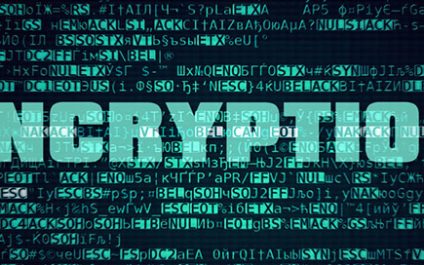On the night of August 24, 410, an army of Visigoth warriors slipped into Rome through the Salarian Gate and proceeded to burn and plunder the great walled city for three days. It was the first time in nearly 800 years that Rome had fallen to a foreign enemy, and historians often cite the event as marking the end of the Western Roman Empire.
Don’t Underestimate Insider Threats
How to Develop IT Policies that Address Your Organization’s Specific Needs

In our last post, we outlined nine must-have IT policies for reducing security and compliance risks. (add link when published) Many organizations have responded to the uptick in cyberattacks by upgrading their IT security arsenal. However, the best security technology in the world will have limited effectiveness if you don’t have policies and procedures in place to support an overarching security strategy.
9 Must-Have IT Policies to Reduce Security and Compliance Risk
Do You Know Where Your E-Waste Ends Up?

The proper disposal of e-waste is a critical component of any data security strategy. In the past, organizations simply had their server hard drives erased. But think about other places where data is stored in your organization – desktop computers, mobile devices, printers, copiers and various Internet-connected company assets.
The Importance of Employee Training in IT Security

Protecting your IT environment against cyberattack requires a blend of security tools and constant vigilance. It’s important to note, however, that the best security tools on the market cannot stop every security threat. Every employee in your organization needs to understand the critical role they play in preventing cyberattacks and protecting sensitive data.
WatchGuard acquires Percipient Networks to enhance malware & phishing protection
On January 17, 2018, WatchGuard announced acquisition of Percipient Networks, a developer of simple, affordable, automated security solutions for small and midsize organizations. Percipient Networks’ flagship product, Strongarm, stops phishing and malware attacks by offering an easy to deploy, security focused Domain Name System (DNS) service.
Why You Can’t Afford NOT to Upgrade End-of-Life Software

The last day of extended support for Microsoft Office 2007 and Outlook 2007 was October 10, 2017. It’s been a great 10-year run, but Office 2007 has reached its end of life. It’s time to move on. Sigh…
Yes, Office 2007 and Outlook 2007 will still function, but the software isn’t supported by Microsoft any longer.
What to Look for in a File Integrity Monitoring Solution

Our last post, discussed the risk posed by data tampering. While data theft gets headlines, data modification is an insidious threat that could cripple a business. File integrity monitoring (FIM) is a security control designed to detect the modification of critical data by regularly comparing files to a known, good baseline.
The Risks of Data Tampering and How to Prevent It
How Encryption Protects Sensitive Data

Many people learned about encryption due to the rise of ransomware attacks. Hackers use encryption to effectively “scramble” a user’s files so that they cannot be read without the correct encryption key. The hackers then demand a payment, usually in Bitcoin, in exchange for the key needed to unlock the files.






